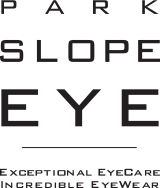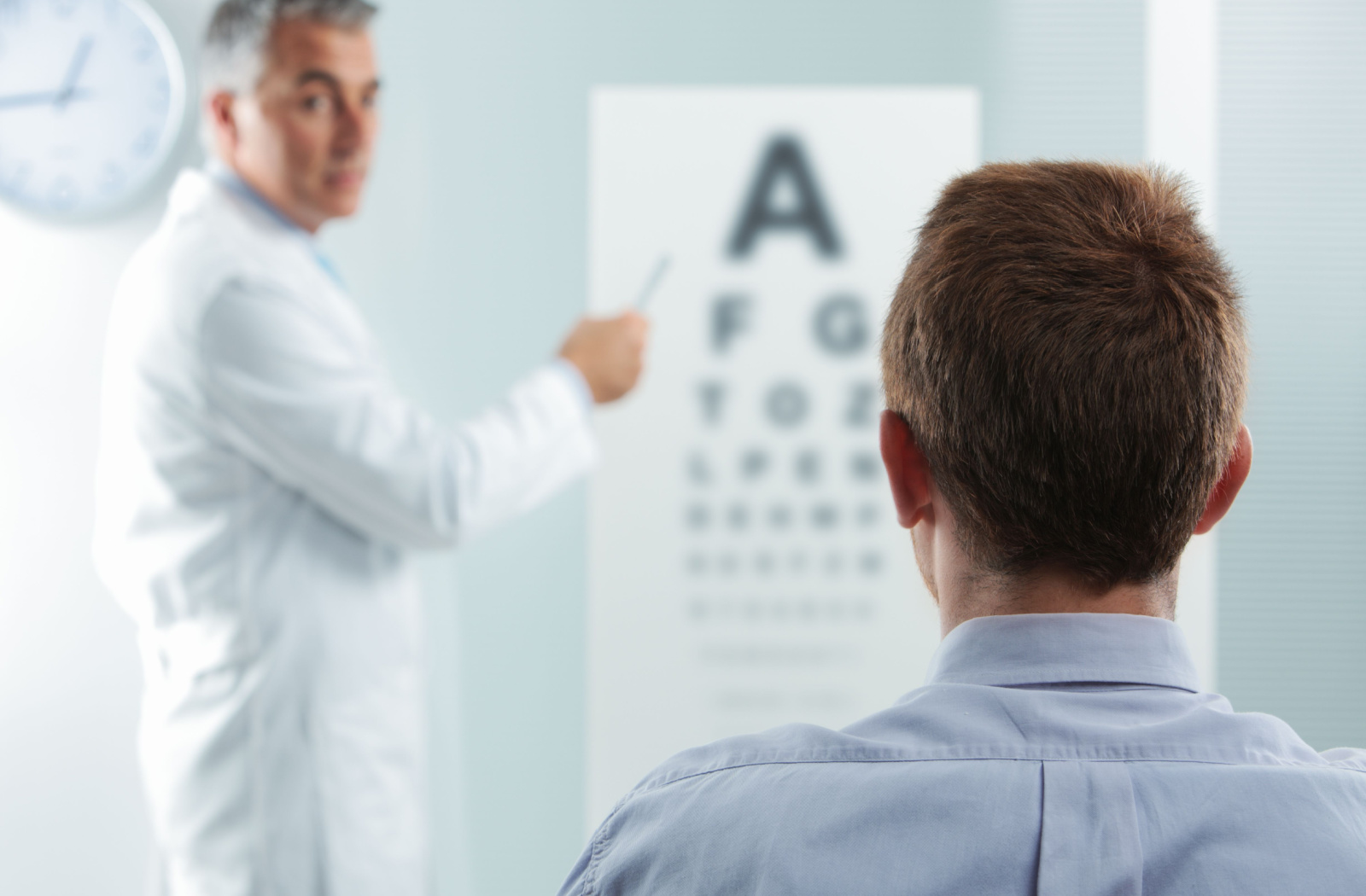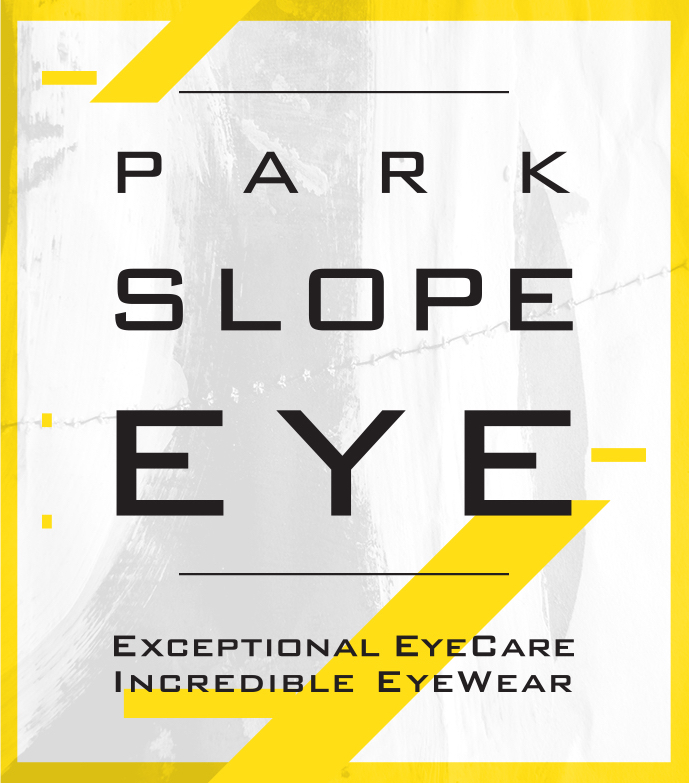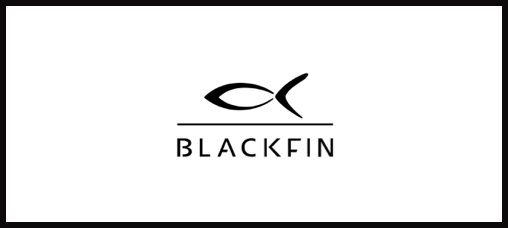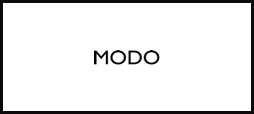20/20 Vision Meaning
When it comes to our eyesight, we often hear the term 20/20 vision. But what exactly does it mean?
20/20 vision is a term used to describe normal visual acuity measured at a distance of 20 feet. If you have 20/20 vision, you can see things 20 feet away at a normal level of clarity.
During an eye exam, ask your optometrist about your vision acuity—they’ll be happy to help you.
Is 20/20 the Best Vision Level?
Contrary to popular belief, 20/20 vision does not imply perfect eyesight. It means that a person can see at 20 feet what a person with normal vision should be able to see at that distance.
If someone has 20/40 vision, for example, it means they need to be 20 feet away to see something that a person with normal vision can see at 40 feet.
Why Is 20/20 the Ideal Vision?
Now, why is 20/20 considered the benchmark for normal vision? Well, the concept of measuring visual acuity dates back to the 19th century when a Dutch ophthalmologist named Herman Snellen developed the Snellen chart, which is still widely used today.
The chart consists of rows of letters, with each row progressively smaller than the previous one. The letters at the top are larger and easier to read, while those at the bottom are smaller and more challenging. You can find these charts in most optometry clinics.
Determining Visual Acuity with the Snellen Chart
To determine visual acuity, an individual is asked to stand 20 feet from the chart and read the letters from top to bottom. If they can read all the letters on the line that corresponds to 20/20 vision, their visual acuity is considered normal. If they can only read the larger letters at the top, their vision might be measured as 20/40 or worse.
Other Vision Factors
It’s important to note that visual acuity is just one aspect of our overall vision. Other factors like depth perception, peripheral vision, and color vision also contribute to how well we see the world around us.
A person with 20/20 vision may still have other vision-related issues, so regular eye exams are essential for maintaining good eye health.
Misconceptions About 20/20 Vision
Now that we’ve demystified the numbers associated with 20/20 vision, let’s explore some common misconceptions.
One misconception is that perfect eyesight means you never need glasses or contact lenses. In reality, many people with 20/20 vision still require corrective eyewear for various reasons.
Vision can change over time due to age, genetics, and lifestyle choices. So, even if you have 20/20 vision now, it’s wise to get regular check-ups to monitor any changes in your eyesight.
Another myth surrounding 20/20 vision is that it guarantees flawless vision at all distances. However, this measurement only refers to how well you can see objects at a distance of 20 feet.
It doesn’t necessarily indicate how well you can see things up close or at different distances. Some individuals may have excellent distance vision but struggle with near vision, a condition known as presbyopia.
Steps You Can Take To Maintain Your Vision
So, what can you do to maintain good vision? First and foremost, schedule regular eye exams with your optometrist.
These professionals can detect potential vision problems early on and provide appropriate treatment or recommendations.
Additionally, adopting healthy habits like eating a balanced diet, protecting your eyes from UV rays, and taking regular breaks from screen time can contribute to maintaining good eye health.
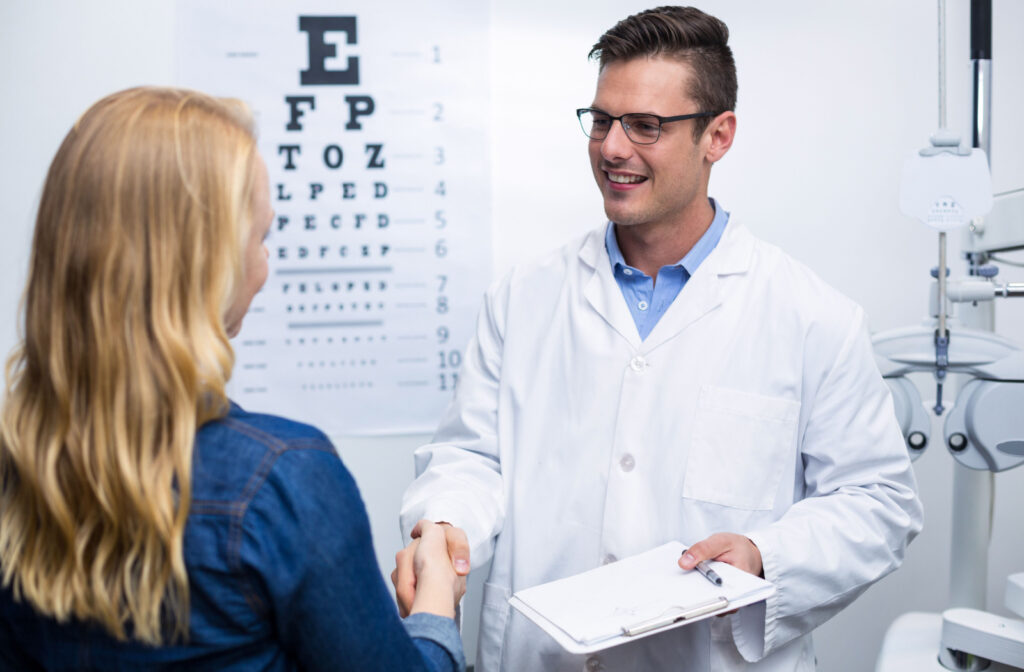
Test Your Visual Acuity with Park Slope Eye
20/20 vision is a term used to describe normal visual acuity, with the numbers representing the distance at which visual acuity is measured and the size of the letters on an eye chart.
It doesn’t guarantee perfect eyesight or flawless vision at all distances, but it serves as a benchmark for what is considered “normal” vision.
Taking care of your eyes through regular check-ups and healthy habits is vital for maintaining good eye health throughout your life.Remember, your eyes are precious, and having a clear understanding of your vision empowers you to take better care of them. So, embrace the numbers, get regular eye exams with us at Park Slope Eye in Brooklyn, NY, and see the world with clarity and confidence.
